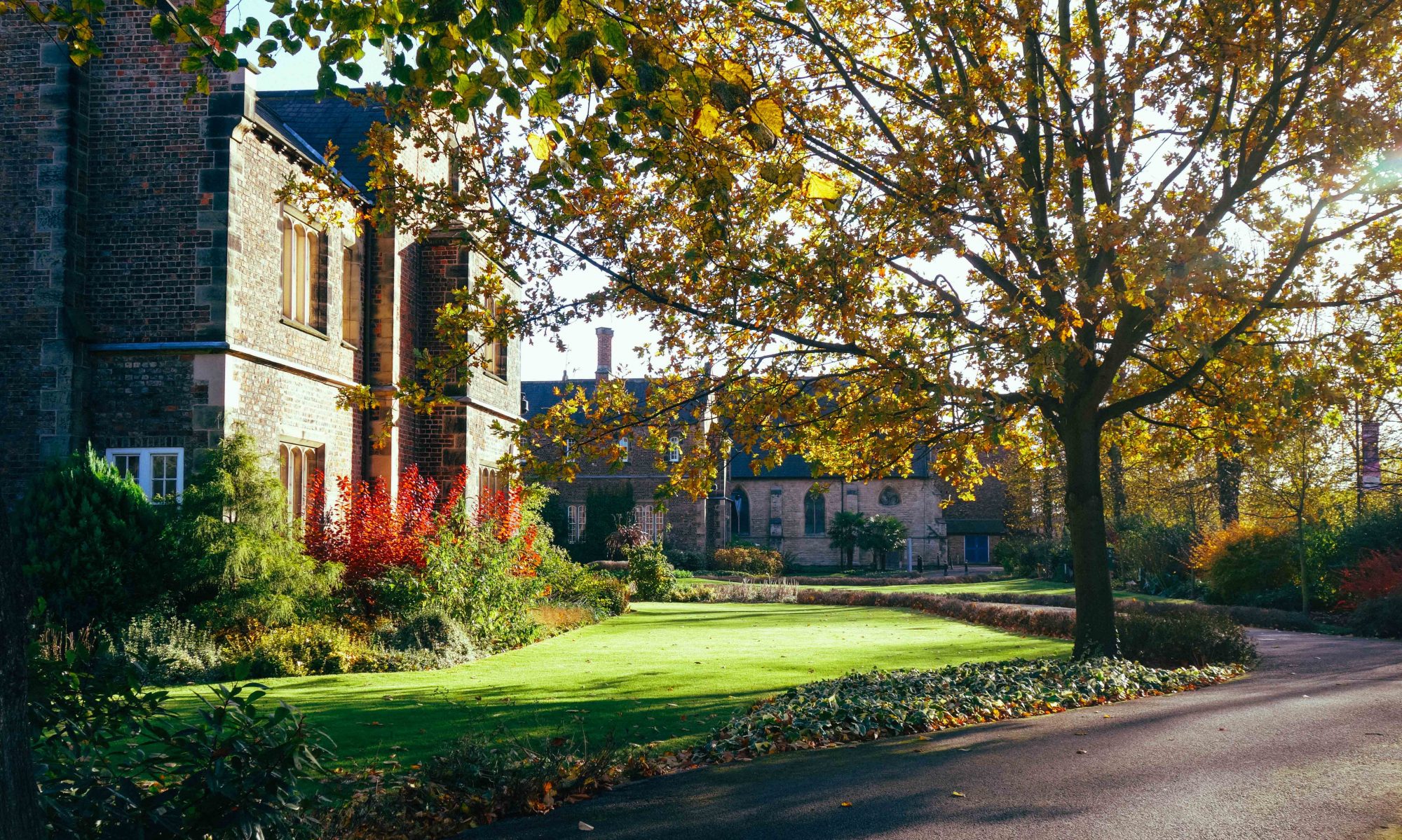Join us for the fifth annual Words Matter Lecture on Thursday 10th November, at 5pm.
Book here for a free ticket. The event is open to all, and includes a drinks reception.
The Lecture
 Drawing on his research exploring the role played by print in mediating the relationship between citizens and the state throughout the long eighteenth century, Dr Adam James Smith (Associate Professor, English Literature) will consider the “uses” of literature. Adam will introduce a series of case-studies in which literature was “used” for the purposes of propaganda, protest and satire during the eighteenth century, before examining the ways in which this same literature was used (and perhaps also abused) by readers and critics. Tracing a brief history of reading, misreading, deliberate misrepresentation and the active avoidance of reading, Adam will argue that most valuable “uses” of Literature arise from a deep, careful and sincere engagement with the form and substance of texts. Finally, the lecture will investigate recent advocations for the “use” of Literature as a means of promoting citizenship, empathy and social justice.
Drawing on his research exploring the role played by print in mediating the relationship between citizens and the state throughout the long eighteenth century, Dr Adam James Smith (Associate Professor, English Literature) will consider the “uses” of literature. Adam will introduce a series of case-studies in which literature was “used” for the purposes of propaganda, protest and satire during the eighteenth century, before examining the ways in which this same literature was used (and perhaps also abused) by readers and critics. Tracing a brief history of reading, misreading, deliberate misrepresentation and the active avoidance of reading, Adam will argue that most valuable “uses” of Literature arise from a deep, careful and sincere engagement with the form and substance of texts. Finally, the lecture will investigate recent advocations for the “use” of Literature as a means of promoting citizenship, empathy and social justice.
 Dr Adam J Smith
Dr Adam J Smith
Adam James Smith is an Associate Professor of English Literature, specialising in eighteenth-century print culture. Adam has a PhD from the University of Sheffield, where he also completed an AHRC-funded post-doctoral project before joining York St John University full-time in 2016. He has published on the works of Joseph Addison, Richard Steele, Eliza Haywood, James Montgomery and Virginia Woolf, amongst others. He has co-edited three volumes – Poetry Conspiracy and Radicalism in Sheffield (Spirit Duplicator, 2016), Print Culture, Agency and Regionality in the Handpress Era (Palgrave, 2022) and Impolite Periodicals (Bucknell, forthcoming). He is also currently a series editor for People of Print (Cambridge University Press), a multi-volume collection of printer biographies documenting the lives of individuals who were integral to the print industry but who have been, historically, less well represented.
 Adam is also co-director of the York Research Unit for the Study of Satire, co-host of the ongoing monthly podcast Smith & Waugh Talk About Satire, he sits on the executive committee for the British Society for Eighteenth-Century Studies (BSECS) and is chief editor of Criticks, the online reviews site for BSECS. His recent writing examines the relationship between politeness and satire and the character of the satirist across the long eighteenth century.
Adam is also co-director of the York Research Unit for the Study of Satire, co-host of the ongoing monthly podcast Smith & Waugh Talk About Satire, he sits on the executive committee for the British Society for Eighteenth-Century Studies (BSECS) and is chief editor of Criticks, the online reviews site for BSECS. His recent writing examines the relationship between politeness and satire and the character of the satirist across the long eighteenth century.









